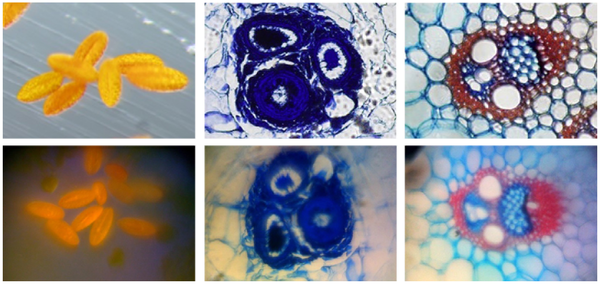$50 Hack Turns Your iPhone Into 350x Microscope
Low power magnification lenses are easy to find for the iPhone, but it turns out it doesn't take much to get the resolving power of a medical microscope

We may earn revenue from the products available on this page and participate in affiliate programs. Learn more ›
Picking up one of these cheap iPhone microscopes costs only a couple of bucks, but frankly the magnification on them isn’t too hot, making it more for fun than anything else. Researchers from UC Davis have hacked together an iPhone lens that gives a whopping 350x magnification, and all for less than $50.
It turns out it doesn’t take much to give your iPhone — or in fact any cellphone camera — impressive resolving power, you just have to be prepared for quite a few drawbacks. All they did was take a 1mm spherical lens, which can cost anywhere from $15-$50, mounted it in a rubber sheet, and placed it in front of the iPhone’s lens.
Using a ball lens, only a tiny area of the image is capable of being in focus, but that area has a 1.5 micron resolution. You’re stuck only seeing objects within an 150×150 nanometer area, but that can be boosted to 350×350 with post-processing for distortion and focus stacking.
With such a low cost and the ability to work on just about any camera cellphone, using a ball lens could put sufficiently advanced analysis in the hands of anyone with access to a scientific supplies catalog. The quality isn’t quite as good as a commercial microscope, but the price difference is enormous. They’ve already shown it can be used to diagnose blood diseases and have managed to convert it even further into a spectrometer using a grating and collimating tube.
Imagine someone being able to take a photo of a blood slide in the middle of nowhere, and simply SMS it to a specialist, without requiring anything more expensive than a case with a tiny sphere placed in just right the right place. It could potentially allow for much faster and easier diagnoses in places that otherwise have difficulty with getting doctors and equipment.
[via TechCrunch]